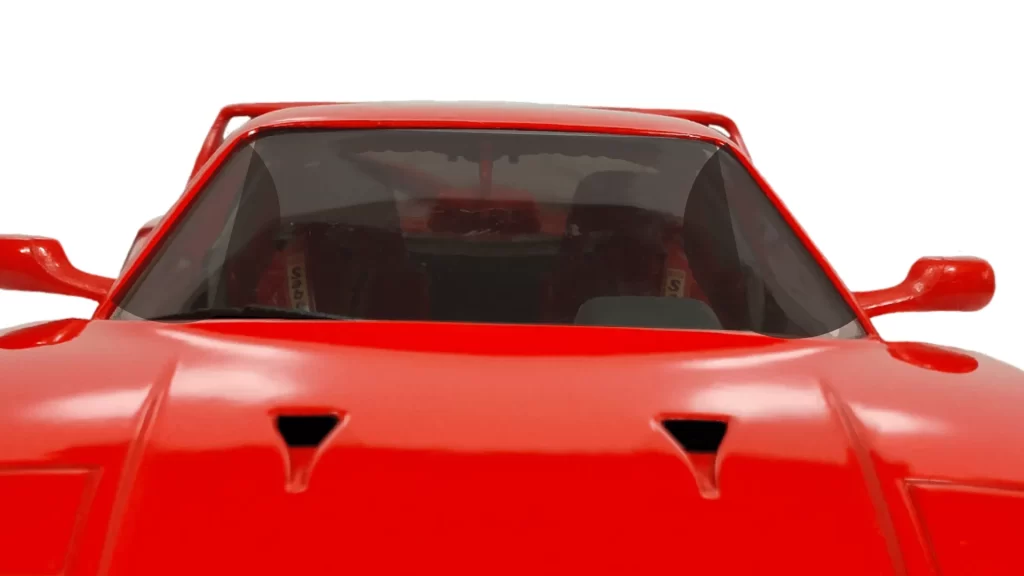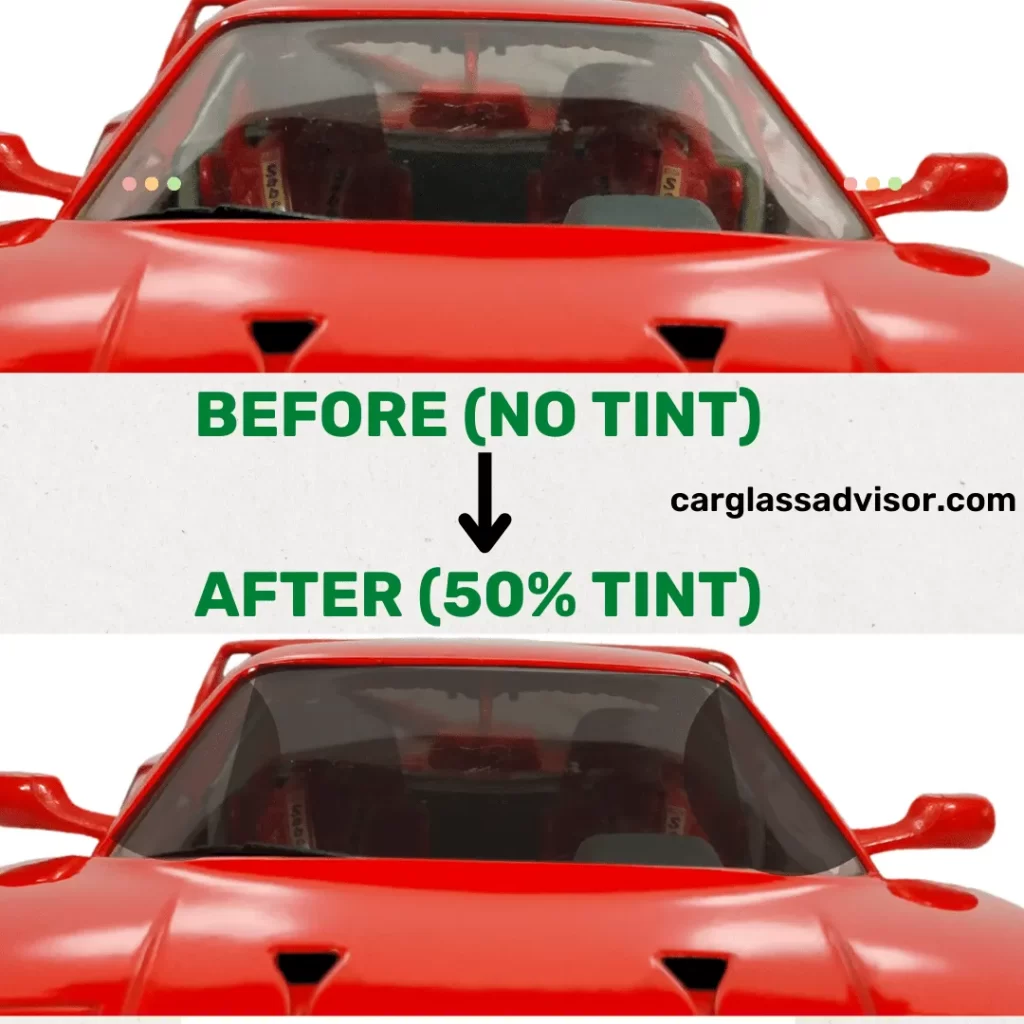Window tint is a film that applies to the windows of a vehicle in order to reduce the amount of light that passes through. The level of tint is usually measured in percentages, with a higher percentage showing a greater level of tint. For example, a 50% window tint means that 50% of the light can pass through, while the other 50% is blocked.
There are several reasons people choose to apply window tint to their vehicles. One common reason is to reduce glare, which can be troublesome when driving during the day or in bright conditions. Window tint can also help to reduce heat buildup inside the car, which can be especially useful in hot climates. Window tint can provide privacy for the occupants of the vehicle and can also help to protect the interior from fading because of prolonged exposure to sunlight.
Many states have laws regulating the level of window tint that is allowed on different parts of a vehicle. For example, in some states, a 50% tint is allowed on the front windows of a vehicle, while a darker tint may be allowed on the side and rear windows. It is important to be aware of these tint laws and to ensure that your vehicle’s window tint complies with them. If you are considering applying window tint to your vehicle, be sure to check with local authorities or a reputable tinting service to determine what is allowed in your area.
What does 50% tint look like?
A 50% window tint appears relatively light when compared to darker tints, but still provides some level of privacy and glare reduction. It is often described as having a “factory tint” appearance, as it is often used as the default tint on new vehicles. When viewed from the outside, a 50% tint appears slightly darker than the untinted windows, but still allows for a decent amount of visibility into the vehicle. From the inside, a 50% tint provides a moderate level of shading and glare reduction, but still allows for a good amount of natural light to enter the vehicle.

Car Window Tint Percentage Visualization Tool
Select a percentage value from 1 to 100 to see how dark it is:
Selected Percentage:
Use the basic window tint visualization tool above to see how dark 50% tint is. Set the value to 50 and the tool will simulate the tint percentage for the most common black tinting film. However, for other tint colors, use our advanced tint percentage visualization tool. That said, the car picture below shows the comparison between no tint and 50% tint.

Can you see through 50% tint at night?
Yes, it is possible to see through a 50% tint at night. While the tint will block a portion of the light entering the vehicle, it still allows for a decent amount of visibility. However, it is important to note that the level of visibility through a tint may vary based on factors such as the color and intensity of the light source, as well as the angle and distance from which the tint is viewed.
How much does 50% tint cost?
The cost of a window tint with 50% tint will vary based on several factors, including the size of the windows being tinted, the location of the vehicle, and the quality of the tint material being used. On average, you can expect to pay anywhere from $100 to $500 for a 50% window tint, with the average cost being around $200. It is always a good idea to shop around and get quotes from multiple tinting services to find the best deal.
Is 50% tint worth it?
Whether a 50% tint is worth it will depend on your personal needs and preferences. If you are looking for a moderate level of shading and glare reduction, as well as some privacy, a 50% tint may be a good choice. However, if you are looking for more privacy or greater glare reduction, consider a darker tint. Ultimately, the decision to get a 50% tint (or any other level of tint) is a personal choice and will depend on your specific needs and goals.
Conclusion
A 50% window tint allows for half of the light to pass through, while blocking the other half. This level of tint is allowed on the front windows of vehicles in many states, including Michigan, Virginia, Wisconsin, Minnesota, North Dakota, Ohio, Connecticut, Utah, Louisiana, Hawaii, Idaho, Illinois, Kansas, Maine, Maryland, Massachusetts, Missouri, Nebraska, Nevada, New Hampshire, North Carolina, Oregon, South Dakota, Tennessee, West Virginia, Kentucky, Indiana, and Arkansas. However, it I recommend checking with local laws before applying this percentage of tint on the side and rear windows as regulations may vary.

